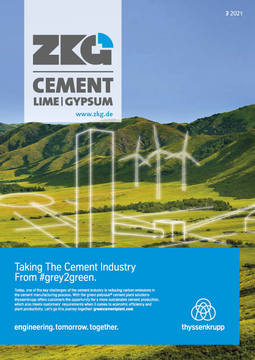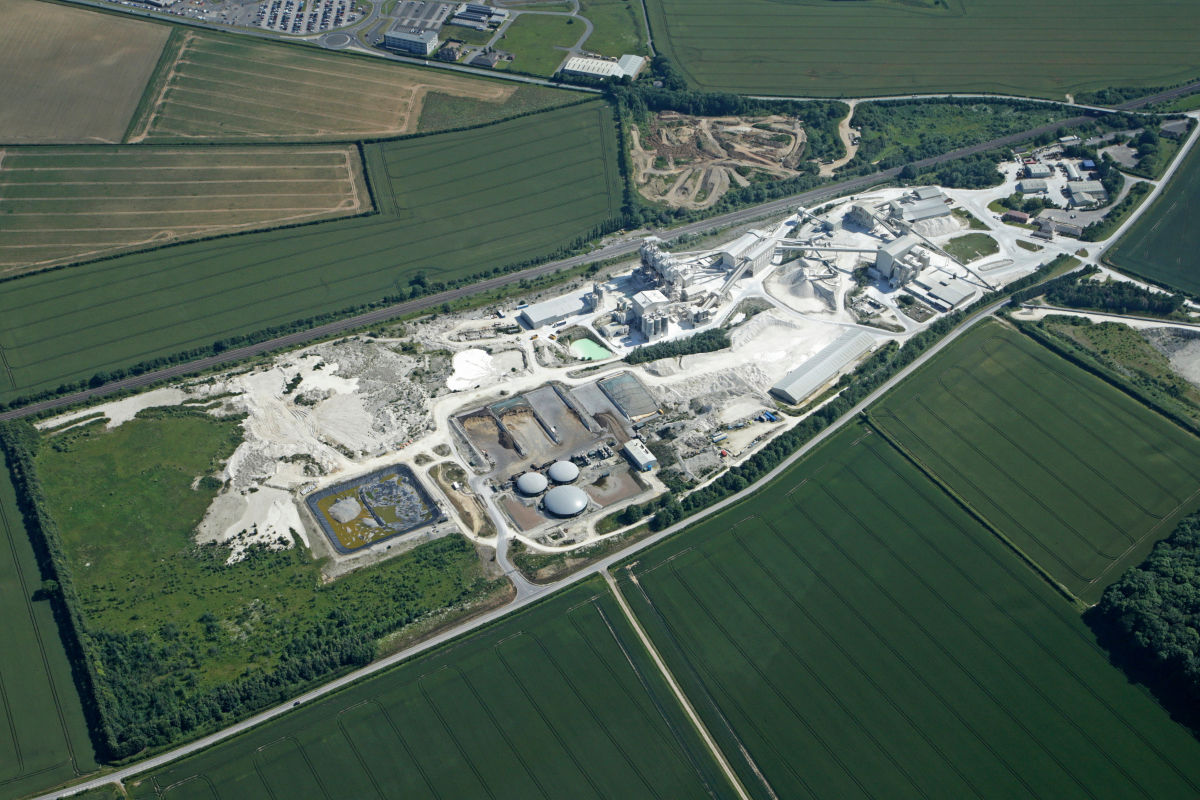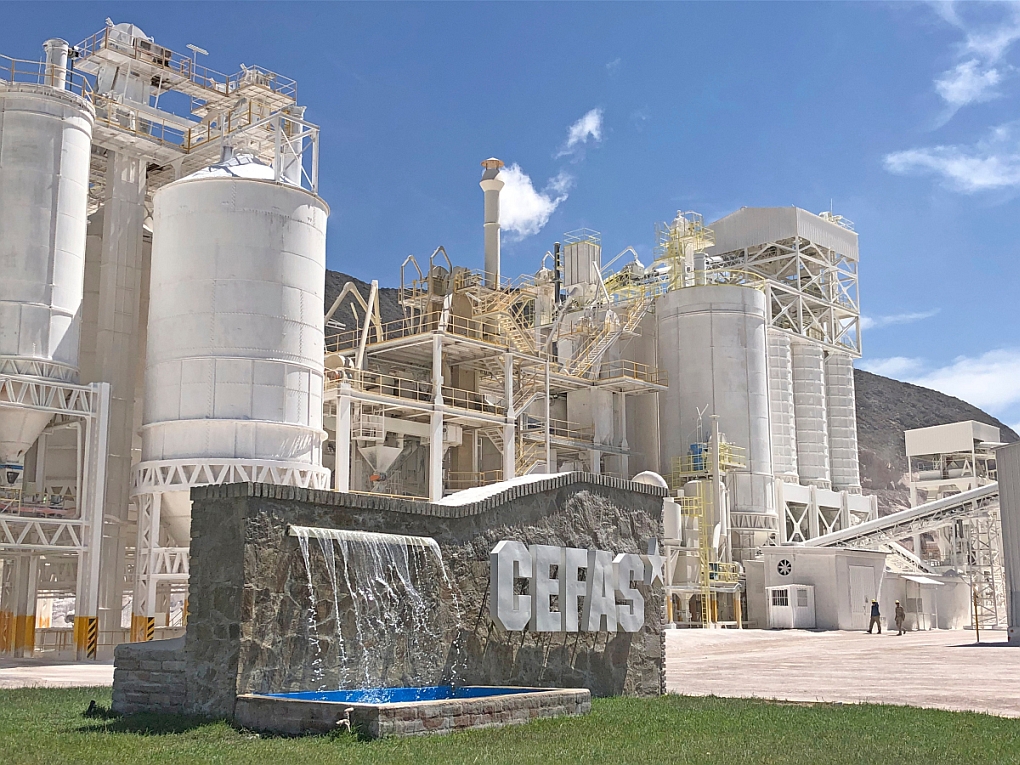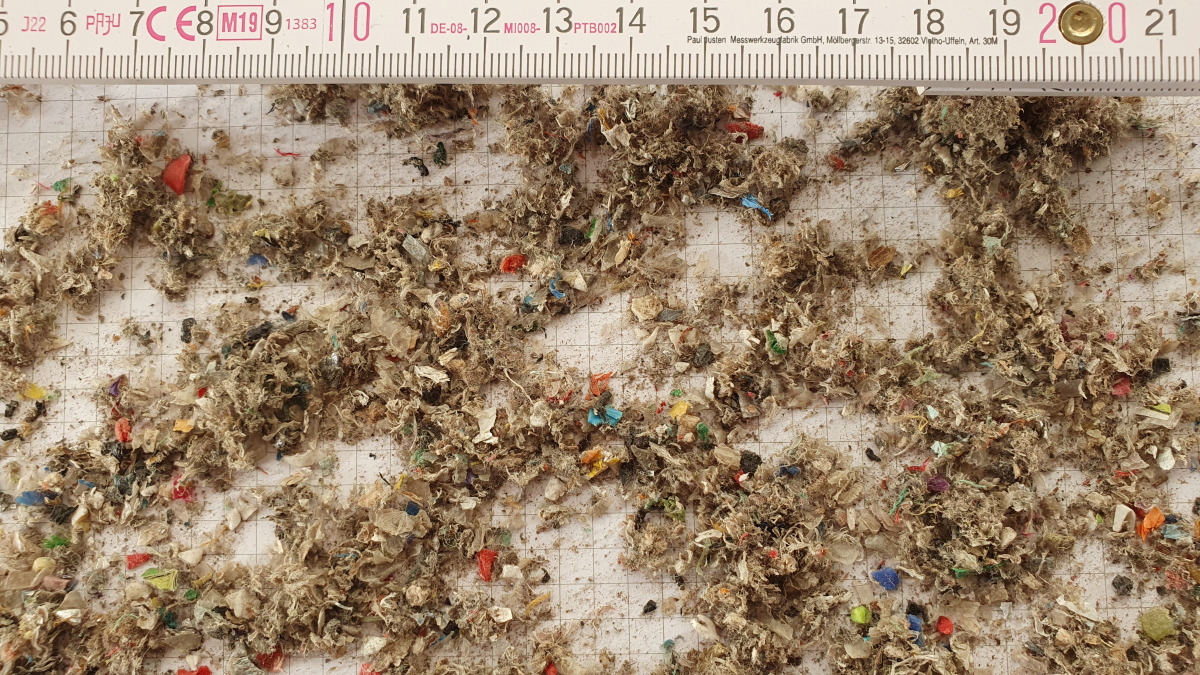Lime industry: Electrochaea participates in pioneering project to cut CO2 emissions
With the aim of drastically reducing the high CO2 emissions in lime and cement production, the power-to-methane specialist Electrochaea is working together with the Belgian lime producer Carmeuse, the energy company Engie, the Engie subsidiary Storengy, and the mechanical and plant engineering group John Cockerill.
The companies plan to build the first advanced scalable plant to convert CO2 into renewable green gas for the lime and cement industries based on biological methanation technology. The plant will be built near Charleroi in Belgium. The total investment cost for the project is over € 150 million. The consortium has applied for funding within the framework of the EU Innovation Fund and IPCEI (Important Project of Common European Interest). The project implementation would start in 2022 and be operational in 2025. This makes it one of the largest projects of its kind in the world for CO2 savings in the lime industry. By using Electrochaea’s leading biological power-to-methane technology, up to 90000 t of CO2 can be recycled per year and per plant.
Lime: Economically important industrial material with high CO2 emissions
Lime, an industrial material produced from limestone, is used in the production of iron, steel, glass, and chemical products, and also in building and road construction, drinking water and wastewater treatment, and industrial waste gas purification. The burning of limestone (calcium carbonate, CaCO3) at high temperatures to produce quicklime (calcium oxide, CaO) releases as much as 1.2 t of CO2 per t of lime. Approximately two thirds of the CO2 released during lime production is process- and raw materialrelated and cannot be avoided. The lime industry can drastically reduce greenhouse gas emissions and address the release of CO2 by separating and recycling the CO2 as an input to the production of renewable natural gas.
Previous technologies for recycling CO2 have not proven economical, as they require expensive purification of CO2 before recycling can be realized. Electrochaea has developed and is bringing to market a recycling technology without these limitations. “This is a big advantage over all other processes because we don’t have to purify the CO2. So, there is no need for a significant costly step,” explains Dr. Doris Hafenbradl, Managing Director and Technical Director of Electrochaea.
Microorganism turns CO2 and green hydrogen into renewable natural gas
Electrochaea’s technology takes CO2 that would otherwise be released into the atmosphere during lime production and creates methane, a fuel that can replace natural gas. The methane is synthesized by microorganisms using captured CO2 and green hydrogen. The Carmeuse project consortium is building one of the world’s largest electrolysis plants with a capacity of 75 Megawatts to supply the hydrogen. The renewable methane produced at the Charleroi plant will be of the quality for injection into the Belgian national gas grid and the quantity sufficient to supply 15000 four-person households with gas for heating, hot water and cooking. This is roughly equivalent to 240 Gigawatt hours of gas per year. The renewable gas can also replace fossil fuel in industry or transportation applications. Construction of the plant is scheduled to begin in 2022.
Widespread use of Electrochaea’s technology during lime manufacturing can advance climate goals
To achieve the 2015 Paris Agreement climate goals, CO2 emissions must be decreased by as much 45% by 2030. Worldwide, 430 million t of lime is manufactured, resulting in more than 0.5 billion t of CO2 released per year. It is urgent that CO2 savings be realized in the production of lime. With CO2 capture and utilization, Electrochaea’s technology can create a fuel to replace natural gas and prevent the emission of this air pollutant. “Our goal is to offer our CO2 reduction solution worldwide and wherever large quantities of CO2 are emitted. Our technology is efficient, very flexible and reliable. The lime and cement industry could benefit greatly from this,” explains Dr. Mich Hein, Chief Executive Officer and Managing Director of Electrochaea. In Europe and the US, where 22 million t and 18 million t of lime are manufactured, respectively, Electrochaea’s method offers an enormous opportunity for CO2 reuse.





